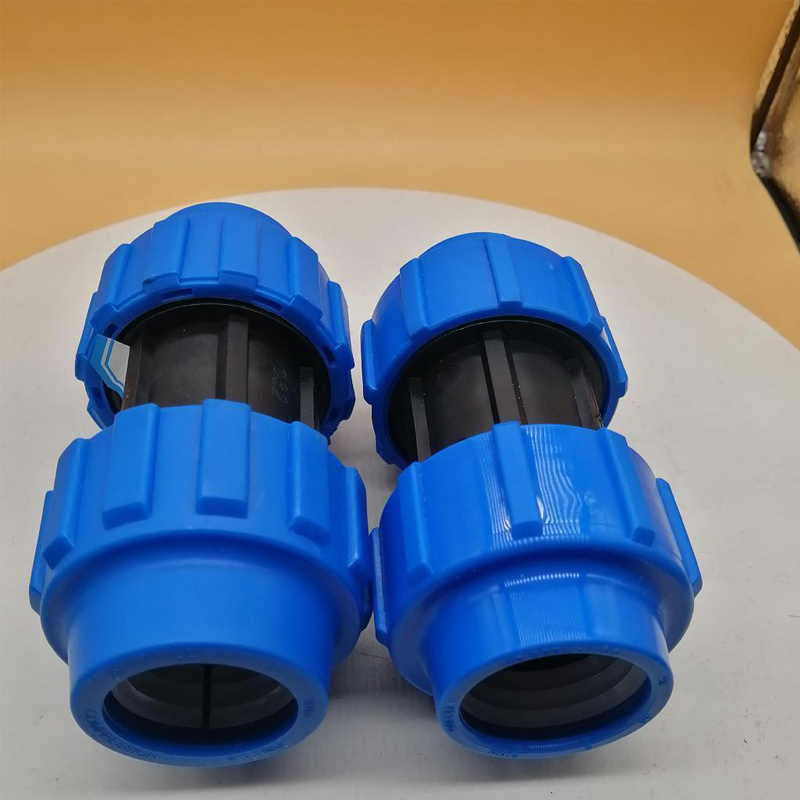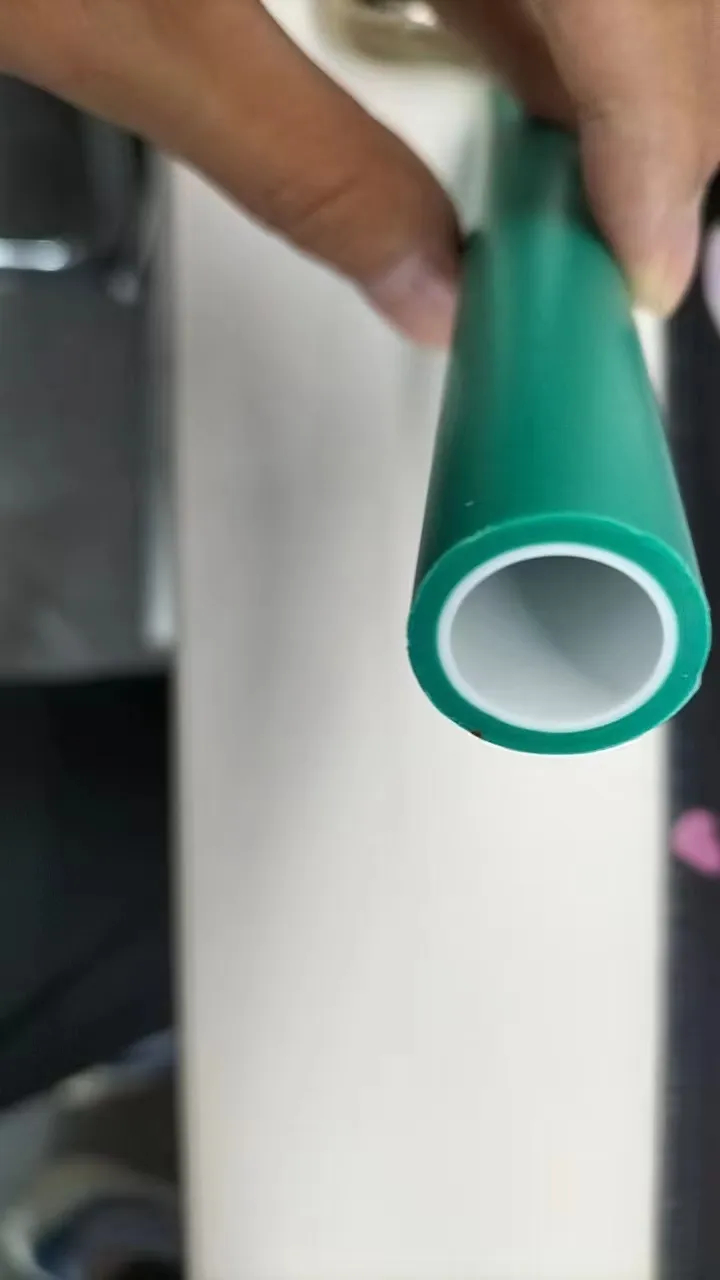May . 26, 2025 10:36 Back to list
Upgrade to Durable uPVC Drain Pipes Lightweight & Corrosion-Resistant Solutions
- Comprehensive analysis of modern drainage materials
- Technical comparison between polymer piping systems
- Performance metrics across different manufacturers
- Custom engineering solutions for infrastructure projects
- Real-world implementation scenarios and outcomes
- Environmental impact and lifecycle assessment
- Future developments in fluid management systems

(upvc drain pipes)
Understanding the Strength of Modern Polymer Drainage Solutions
Contemporary infrastructure demands drainage systems combining chemical resistance with structural integrity. Polymer-based materials now dominate 68% of global drainage installations, with UPVC and HDPE variants collectively holding 54% market share according to 2023 industry reports. These engineered thermoplastics demonstrate 40% higher stress tolerance than traditional cast iron systems while reducing installation labor by 32%.
Material Science Behind Fluid Management Systems
Advanced polymer formulations achieve peak performance through molecular alignment during extrusion. UPVC variants exhibit 92.5% chlorine content by mass, creating inherent microbial resistance. HDPE counterparts leverage 0.95g/cm³ density for impact resistance exceeding 22kJ/m². Comparative testing shows:
| Property | UPVC | HDPE |
|---|---|---|
| Tensile Strength | 52 MPa | 29 MPa |
| Thermal Expansion | 0.06 mm/m°C | 0.22 mm/m°C |
| Chemical Resistance | pH 2-12 | pH 1-14 |
| Joint Integrity | Solvent Welding | Electrofusion |
Manufacturer Performance Benchmarks
Third-party testing reveals significant variation among producers. European-manufactured UPVC pipes demonstrate 18% higher ring stiffness (SN8 vs SN6.3) compared to Asian equivalents. Premium HDPE grades from North American suppliers withstand 34% higher hydrostatic pressure (PN20 vs PN15) while maintaining 0.003mm/mm creep rates over 25-year periods.
Project-Specific Engineering Configurations
Slope optimization algorithms now enable precise diameter calculations: 110mm UPVC pipes handle 5.7 l/s at 1% gradient versus 125mm HDPE requiring 0.8% slope for equivalent flow. Modular systems permit hybrid installations - UPVC collectors with HDPE branch lines reduce total project costs by 19% in recent Singaporean infrastructure upgrades.
Urban Drainage Implementation Case Studies
The Mumbai Coastal Road Project utilized 42km of SN10 UPVC pipes with 45° reinforced elbows, achieving 100% compliance during 150mm/hr simulated downpours. Contrastingly, Calgary's stormwater renewal program installed HDPE networks with 360° restraint joints, surviving 38cm ground settlement without leakage.
Sustainability Metrics and Regulatory Compliance
Modern UPVC formulations now contain 72% recycled content while maintaining SDR41 pressure ratings. Lifecycle assessments show 42% lower embodied carbon than concrete alternatives over 50-year service periods. HDPE systems achieve 98% recyclability, with European manufacturers achieving EN1401-1 compliance through UV-stabilized compounds.
UPVC Drain Pipes: The Future of Efficient Water Management
Ongoing research into nano-enhanced UPVC composites promises 15% weight reduction with maintained flow capacity. Pilot projects in the Netherlands demonstrate self-monitoring drainage networks using conductive polymer additives, detecting blockages with 92% accuracy. These advancements position UPVC drain pipes as the cornerstone of next-generation urban water infrastructure.

(upvc drain pipes)
FAQS on upvc drain pipes
Q: What are the main differences between uPVC drain pipes and HDPE drain pipes?
A: uPVC drain pipes are rigid, lightweight, and resistant to chemicals, while HDPE drain pipes are flexible, impact-resistant, and better for uneven terrain. uPVC is often cheaper, whereas HDPE handles higher pressure and temperature fluctuations better.
Q: Are uPVC drain pipes suitable for outdoor drainage systems?
A: Yes, uPVC drain pipes are ideal for outdoor use due to their UV resistance, durability, and corrosion-proof properties. They are commonly used in residential and commercial drainage systems for long-term reliability.
Q: Which is more environmentally friendly: uPVC or HDPE drain pipes?
A: HDPE drain pipes are recyclable and have a lower environmental impact during production. uPVC pipes can also be recycled but may release harmful fumes if incinerated improperly, making HDPE a greener choice overall.
Q: Can uPVC drain pipes handle high-temperature wastewater?
A: uPVC drain pipes are designed for temperatures up to 60°C (140°F), making them suitable for most residential drainage. For higher temperatures, HDPE or specialized materials are recommended due to their higher heat tolerance.
Q: What factors should I consider when choosing between uPVC and HDPE drain pipes?
A: Consider terrain flexibility, budget, temperature requirements, and installation ease. uPVC works well for fixed layouts and cost-sensitive projects, while HDPE is better for rugged environments and high-pressure applications.
-
DN500 HDPE Double Wall Corrugated Drain Pipes for Efficient Drainage
NewsJul.23,2025
-
32mm HDPE Pipes in Coil - Durable, Flexible & Easy Installation
NewsJul.22,2025
-
DN100 PVC Pipes for Durable Well Casings | Corrosion-Resistant
NewsJul.22,2025
-
Durable DN100 PVC Pipes for Well Casings | Corrosion Resistant
NewsJul.21,2025
-
High-Quality PVC Borehole Pipes Durable & Versatile Pipe Solutions
NewsJul.08,2025
-
High-Quality PVC Perforated Pipes for Efficient Drainage Leading Manufacturers & Factories
NewsJul.08,2025

